The United States, the third most populous country in the world after China and India, is inhabited by Americans born in the United States, mainly the descendants of immigrants from various countries of the world, Americans born outside the United States (4.5% of the population, 2003) and modern immigrants (7.2% of the total population).
In the early period of colonization, immigrants came mainly from Great Britain, the Netherlands, and Spain, later - from Germany and the Scandinavian countries, and at the end of the 19th century, also from southern and eastern Europe, including Poland.
The most tremendous increase in immigration occurred in the second half of the nineteenth century and the early twentieth when the United States received from several hundred thousand to one million people per year.
Between 1820 and 1990, over 55 million people arrived in the United States, most from Germany (7 million), Italy (5.3 million), Great Britain (5.1 million), Ireland (4.7 million), Mexico (2.8 million), and the countries of Central and Eastern Europe. From the seventeenth century, there began an influx of enslaved Black people from Africa (1750-1800 ca 1 million people), and from the mid-nineteenth century, Asians, mainly Chinese and Japanese.
Immigration laws introduced in 1921 limited the influx of foreigners to about 150,000 people per year; in 2000, 850,000 immigrants were admitted, mainly Hispanics and Asians (over 80% in total); it is estimated that up to 1 million people a year illegally cross the U.S. border, most from Mexico. Immigration has resulted in rapid population growth; between 1790 (first census) and 2005, the population increased 76 times, from 3.9 million to 297 million. A consequence of immigration is American society's significant racial and ethnic diversity.
Ethnic communities
The white population (of Eur. origin) accounts for 75.1% of the total population, blacks (descendants of slaves and later immigrants from the Antilles, mainly from Haiti) - 12.3% (over 34 million), Hispanics (of various races) - 12.5% (over 1.5 million), and the rest (of various races) - 12.5% (over 1.5 million). (of various races) - 12.5%, of Asian origin, including Hawaiians - 3.7% (2000); the number of indigenous Indians and Eskimos, and Aleuts living in Alaska is estimated at about 2.4 million.
Americans of European descent from the largest concentrations in the Atlantic, lakeside, and western states, of Hispanic origin - in the southwestern states (mainly New Mexico, Texas, California, Florida - a place of settlement of contemporary immigrants from Cuba), Asian. - In the Pacific states (especially California) and Hawaii, where most Americans are of Japanese origin, Polynesians constitute 9.4% of the archipelago population (2000).
The African-American population traditionally lives in the southern and southeastern states, mainly Mississippi (about 36% of the total population), South Carolina, North Carolina, Louisiana, Georgia, and Alabama; large concentrations of African-Americans have formed in industrial cities on the Great Lakes (Chicago, Detroit), on the Atlantic coast, especially in Philadelphia, New York (mainly the Harlem district) and Washington, D.C., and in California.
Most of the native population, the Indians, live on reservations established in the late 19th century in the western states, chiefly in Arizona, New Mexico, California, and Montana; the largest of the reservations are Navajo (on the border of Arizona and Utah), Cherokee, and Creek in Oklahoma; some of the Indian population left the reservations after 1950 and settled in cities, mainly in New York State.
Population density
Population density is calculated by dividing the population size by the total land area. This calculation is expressed as the number of people per square mile. The global population density (based on land area, excluding water bodies) is 120 people per square mile. In the United States, some states exceed this number, and others are well below.
This list is of the states losing population.
1. New Jersey
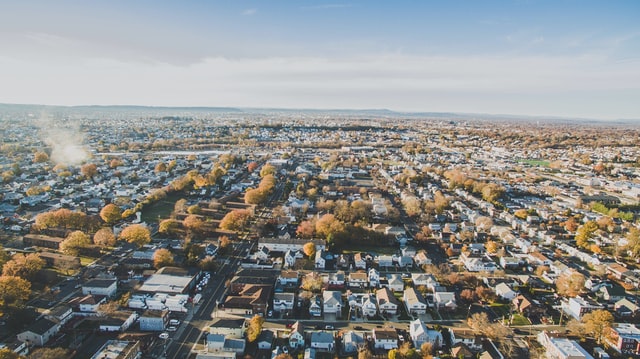
We might have heard many great aspects of New Jersey: the people are friendly, the Garden State, and the location is convenient. However, it is also currently one of the states with the highest taxes, so outbound moves were recently estimated at 69.5 per cent. In fact, New Jersey has been the highest state for outbound moves for at least three years.
Although the price of everything seems to have gone up. This includes decent education, groceries, tolls, etc.
2. New York

A small studio apartment in the heart of New York City can be a great destination cost of living in New York City is the fifth highest in the country, and prices seem to keep rising over time. All things considered, The number of departures from these countries is about 66.9%.
3. Illinois
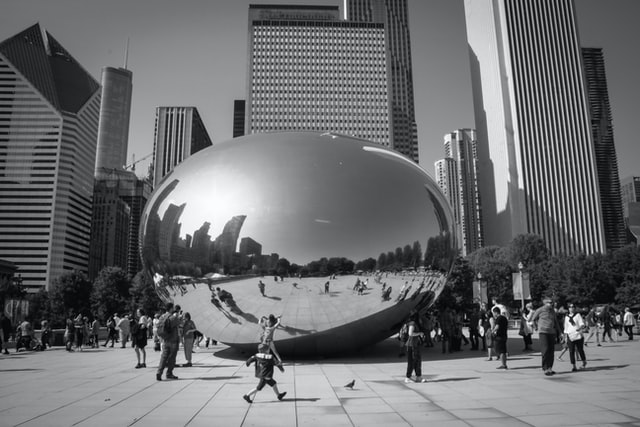
Chicago, Illinois, might be one of the best-known landmarks in the state. Unfortunately, this does not make up for the economic woes of many residents there. Outgoing movements in Illinois are around 66.4 percent, a slowly rising percentage.
Illinois voters may have rejected voting for an increase in the income tax rate, but there are many other issues to consider. Education costs increase overall taxes, so those who want something more reasonable want to move out of Illinois.
4. Connecticut

If you are or have ever been a Connecticut resident, you know that living costs are skyrocketing these days. When the average worker gets their paycheck, a huge portion of it is lost to everyday expenses. Because savings are becoming difficult to maintain, 63.5% of Connecticut movers are moving out of state.
The data also shows that utilities, housing, and even retirement are huge expenses. The coast may be a nice touch, but most people are looking elsewhere for a suitable job and a secure retirement plan.
5. California

All that sunshine, glitz, and glamour can make California seem like a great place to live. However, with outbound moves at 58.7 percent, this state ranks in the top 10 that people leave behind. Gorgeous sunsets, soothing breezes, and all those palm trees can't make up that the charm has passed.
While you have the promise of exciting job opportunities in Silicon Valley and Hollywood, California, you are also in the third most expensive area in the entire United States. When leaving, many residents admit that high mortgage, rent, and gas prices are simply too much to bear. Perennial droughts, power outages, high taxes, fire risk, and low insurance are other factors driving people away.
6. Kansas
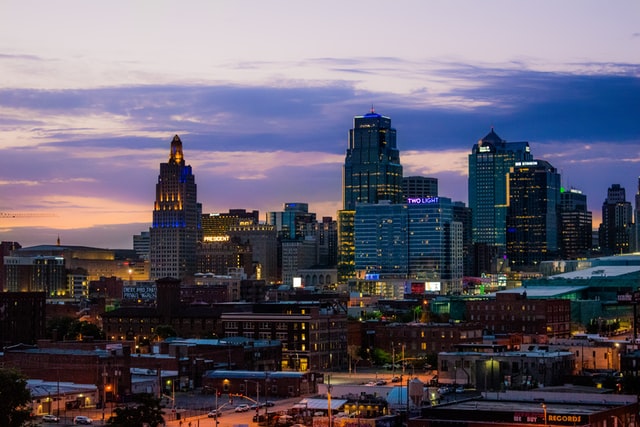
There are several reasons why outbound movements in Kansas are 58.6 percent. In short, it appears that people cannot reach their full earning potential in this area.
About half of these exits were to seek work elsewhere. The rest moved to return, be closer to family, and perhaps live faster. While the cost of living in Kansas is quite low (fourth-lowest in the nation), the local culture lacks energy and excitement.
7. North Dakota
This state is known for its open spaces and beautiful parks, but they are increasingly abandoned. With outbound moves estimated at about 56.7 percent, people in this state are getting a little bored. Over half of the moves came because of better job opportunities. While finding a job in North Dakota may not be difficult, it may not be the job young people are looking for. That's why they try other jobs that fit their skills and interests.
8. Massachusetts
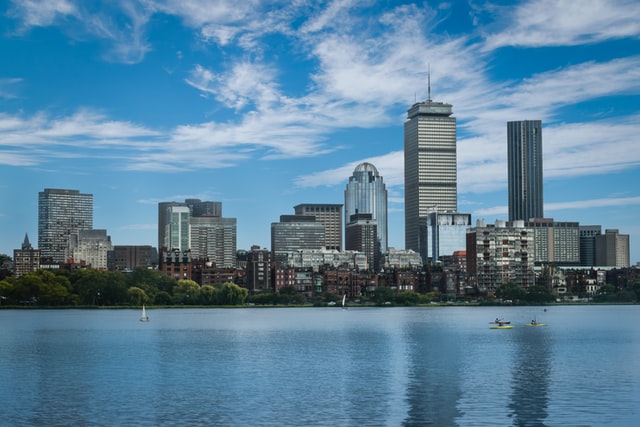
This state has a long history; we have the Mayflower, Harvard, etc. Unfortunately, the affordability just isn't there. Outbound moves are about 56.6 percent, mostly because of the premium you have to pay to survive.
Most of the expense is due to the lack of housing. Construction is expensive, and certain rules make luxury housing more common than affordable options.
9. Ohio.
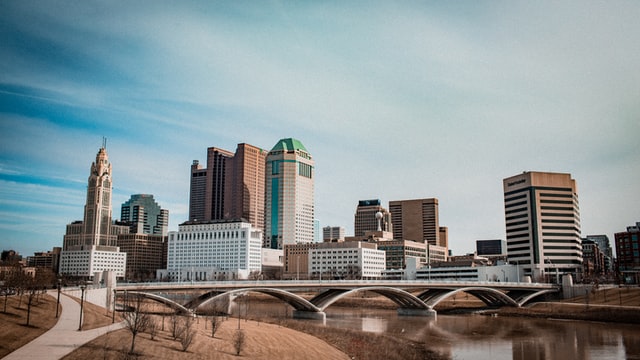
There may be songs about how cosy Ohio is as a place to live, but they're probably pretty dated by now. Outbound moves here are 56.1 percent for several reasons.
First, the unemployment rate is too high for comfort. Wages are slightly below the national average, and the unpredictable weather makes it difficult to plan for the future. There is little in pleasant weather, and either way, extreme temperatures increase energy bills.
10. Maryland
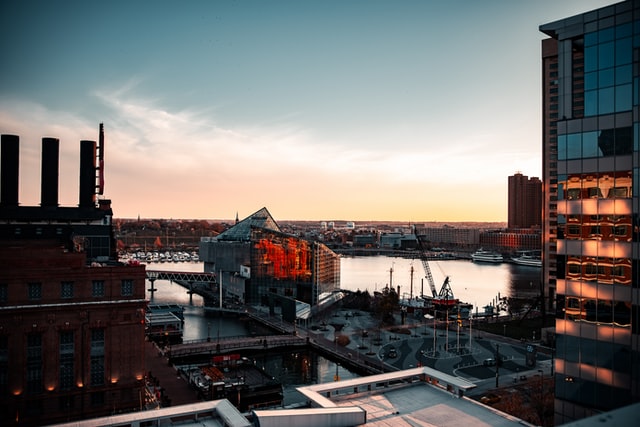
Retiring so close to the sea may seem attractive, but the more practical decision is to move elsewhere for your golden years. Outbound moves in Maryland are about 55 percent, and expensive housing is the main culprit. About half of those leaving Maryland are over the age of 55. The daily living costs are simply too expensive for people with minimal incomes.
Reasons for low population density
As noted in the list above, when an area is devoted to agricultural production, it tends to have a low population density. Harsh environments, such as high mountains and arid deserts discourage human settlement. This is also true for land use designations and historical land ownership rules.




